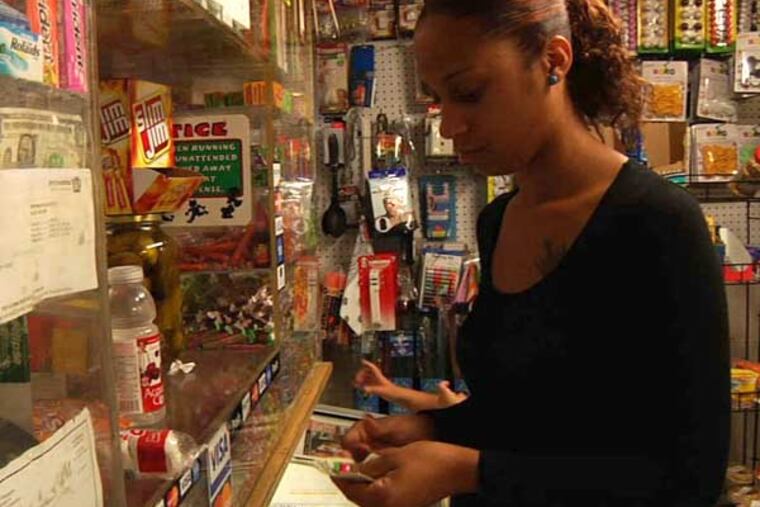'A Place at the Table': America in hunger's grip
The statistics are, well, shocking: One in four American children are "food insecure" - they don't know where their next meal is coming from. More than 44 million Americans are on food stamps. In 1980, America had 200 food banks. In 2012, there were more than 40,000 food banks, soup kitchens. and pantries. As many as 50 million people rely on charitable food programs for at least a part of their basic food needs.

The statistics are, well, shocking:
One in four American children are "food insecure" - they don't know where their next meal is coming from. More than 44 million Americans are on food stamps. In 1980, America had 200 food banks. In 2012, there were more than 40,000 food banks, soup kitchens. and pantries. As many as 50 million people rely on charitable food programs for at least a part of their basic food needs.
And while the numbers cited in the hugely important documentary A Place at the Table are cause for alarm, it's the look on the faces of the subjects in Kristi Jacobson and Lori Silverbush's film that really bring home its message: the dread and despair of opening a refrigerator door to find there's nothing there to feed your kids; the nervous humiliation of standing on a soup kitchen line; the hour-long bus ride to a decent supermarket; the inability to focus in the classroom, because your stomach is empty and rumbling and your head hurts.
Concentrating on three individuals - Barbie Izquierdo, a young single mother of two from North Philadelphia; Rosie, a fifth grader from Collbran, Colo.; and Tremonica, a second grader from Jonestown, Miss. - and featuring interviews with politicians, public health and nutrition experts, authors, chefs, teachers, and anti-hunger activists, A Place at the Table asks how the richest country in the world can let so many people go without proper nourishment.
"It's about patriotism, really," says Jeff Bridges, the actor and longtime anti-hunger campaigner. "If another country was doing this to our kids, we would be at war."
A Place at the Table is advocacy journalism at its best, lining up its facts, illustrating the widespread problem with a few trenchant and compelling cases, and offering solutions. North Philly's Izquierdo has become a leading spokeswoman in the Witness to Hunger program, which gives voice to low-income women. Founded by Mariana Chilton, a professor of public health at Drexel University, Witness to Hunger has lobbied legislators on local, state, and national tiers.
The issues here are clear: It is not that there is not enough food to go around. It is that because of government subsidies that make it more profitable for agribusiness to make and distribute processed foods, high in fats, sugar, and sodium, the eating habits of low-income families in both rural and urban regions put them at physical and developmental risk.
Chilton notes that even brief periods of nutritional deprivation during the first years of life can permanently affect a child's brain. A Place at the Table draws a straight line, too, from hunger to obesity and early-onset diabetes.
A Place at the Table - which was executive-produced by Philadelphia Eagles owners Jeffrey Lurie and Christina Weiss Lurie - is powerful, and powerfully persuasive.
A Place at the Table ***1/2 (Out of four stars)
Directed by Kristi Jacobson and Lori Silverbush. With Barbie Izquierdo, Tom Colicchio, Leslie Nichols, Mariana Chilton, and Jeff Bridges. Distributed by Magnolia Pictures.
Running time: 1 hour, 24 mins.
Parent's guide: PG (adult themes)
Playing at: Ritz at the BourseEndText